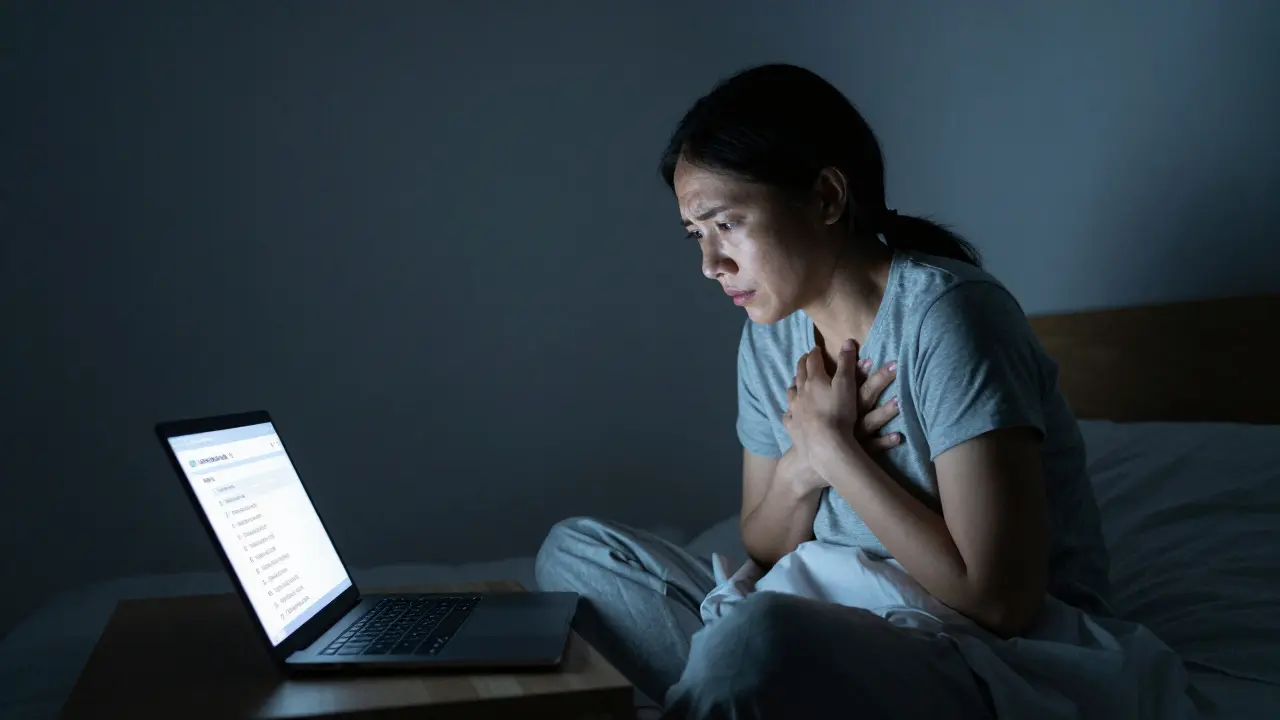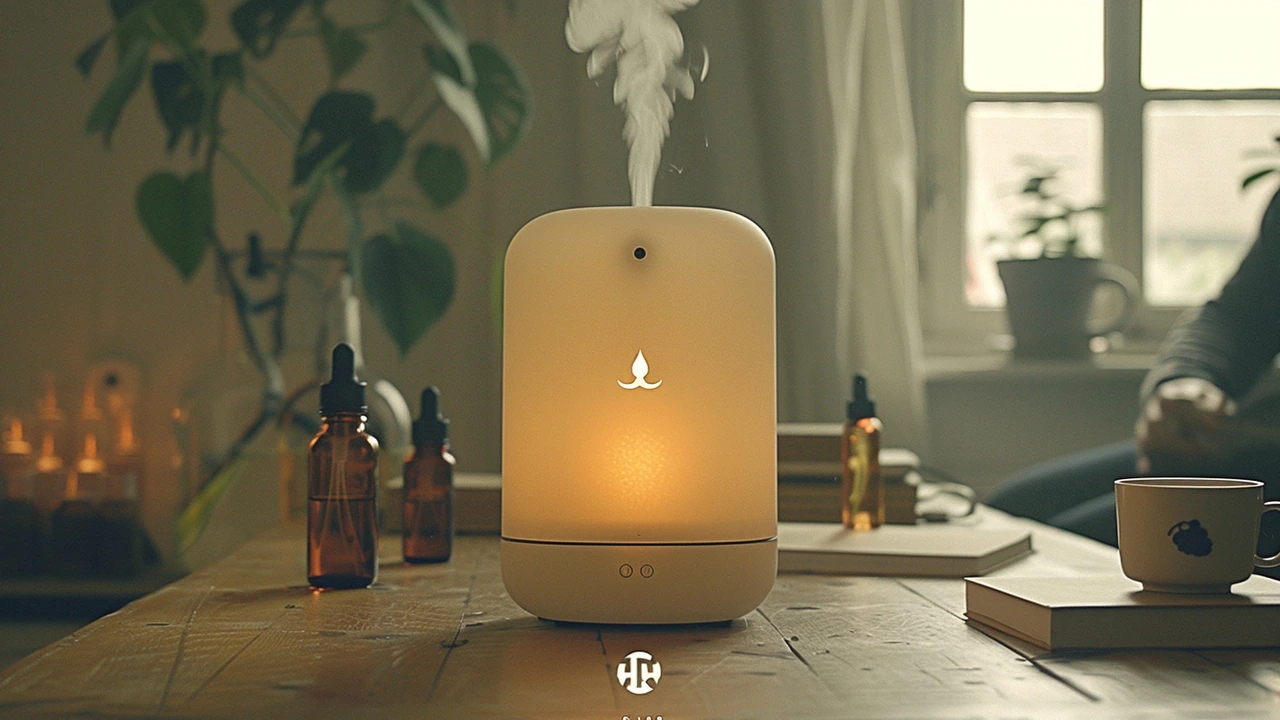Anxiety Relief: Simple Steps to Calm Now and Build Strength
If anxiety hits, you want something that works fast and something that keeps working. These practical steps help you stop spiraling, settle your body, and lower stress over time. No jargon — just things you can try today.
Quick relief you can use right away
Focus on your breath. Try box breathing: inhale 4 counts, hold 4, exhale 4, hold 4. Do four rounds and you’ll notice your heart rate drop. Another fast trick is the 5-4-3-2-1 grounding method: name five things you see, four you can touch, three you hear, two you smell, one you taste. That pulls your mind out of worry and into the present.
Move your body. Ten minutes of brisk walking or simple stretches releases tension and clears your head. If you’re at work, stand up, shrug your shoulders, and shake your hands for a minute—small movement helps reset your nervous system.
Use scent to calm. Lavender and chamomile often ease anxiety; peppermint can help when you feel foggy. Carry a small roller or a travel inhaler. Test a tiny amount on your skin first and avoid strong concentrations around children or pets.
Build lasting relief with daily habits
Make short meditation sessions part of your day. Five to ten minutes of focused breathing or guided meditation improves focus and lowers baseline anxiety over weeks. If you’re tight on time, try mindful pauses before meals or between meetings to reconnect with your breath.
Biofeedback tools can speed up progress by showing real-time signals like heart rate or skin temperature. Using feedback helps you learn which breathing patterns actually calm you, so practice becomes more effective.
Sleep and food matter. A consistent sleep schedule and a balanced breakfast stabilize mood and reduce panic risk. Avoid heavy caffeine late in the day; switch to herbal tea if coffee amps your nerves.
Move beyond solo fixes. Creative outlets—drawing, music, or journaling—lower anxiety by shifting focus and releasing emotion. Sports massage or regular exercise eases muscle tension that feeds anxious feelings. If anxiety affects work or school, short mindful check-ins help you manage tasks without overwhelm.
If anxiety feels constant, talk to someone. Cognitive behavioral techniques, therapy, or guided programs can change how your brain reacts to worry. For sudden severe symptoms, reach out to a professional or crisis service right away.
Progressive muscle relaxation helps too: tense each muscle group for five seconds, then release. Cut down on doom-scrolling before bed; news and social feeds spike anxiety. Try a short phone call with a friend or a support group—talking reduces isolation and gives perspective. If you use apps, pick ones with guided breathing, CBT tools, or sleep tracks. Track what helps and build a small routine around those wins.
Pick two tactics from the quick list and two daily habits. Practice them for a few weeks and note small wins. Anxiety won’t vanish overnight, but consistent small steps add up. Try what feels simple and keep what helps.

Health Anxiety: How to Stop Constantly Worrying About Being Sick
Health anxiety makes normal body sensations feel like life-threatening illnesses. Learn how to break the cycle of fear, stop obsessive checking, and reclaim your life without relying on constant medical reassurance.
Read More
Biofeedback for Anxiety Relief: How It Works and Benefits
Learn how biofeedback works for anxiety relief, compare popular methods, and get a step‑by‑step plan to start calming your nervous system today.
Read More
Harnessing the Power of Essential Oils for Anxiety and Depression Relief
Aromatherapy, an ancient practice involving the use of essential oils for healing, has gained popularity for its potential benefits in managing anxiety and depression. This article explores how these fragrant compounds work, which oils are most effective, and practical ways to incorporate them into daily life for mood improvement. It also delves into the science behind aromatherapy and shares personal anecdotes to offer a well-rounded perspective on its efficacy.
Read More